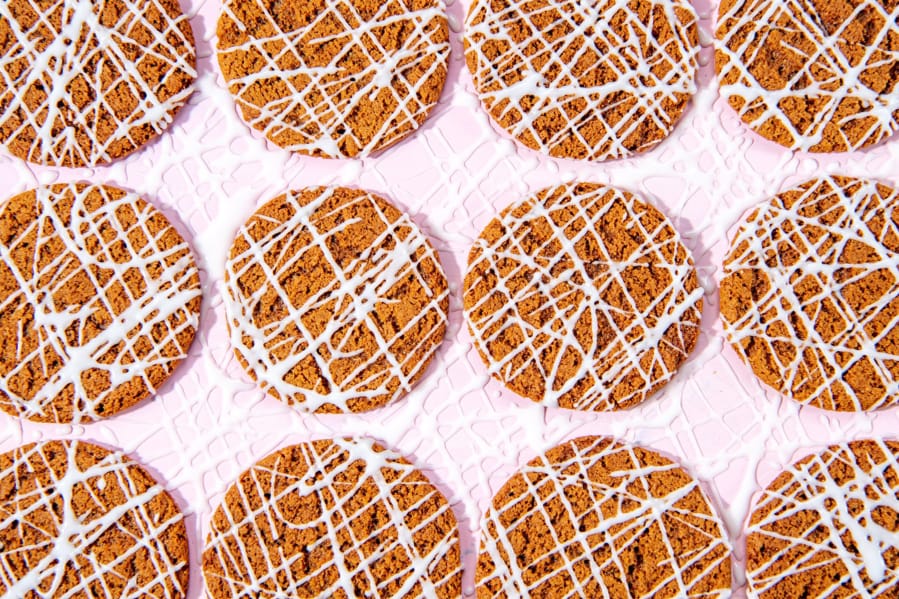I love cooking [–] that’s why I don’t like packing school lunches. It’s no fun making food that inevitably tastes subpar after hanging out in a brown bag for hours. Online schooling eliminates that issue but invites countless other mealtime problems, so I’m approaching “school lunch” the same way I always have: as a chore, not a joy. (And yes, I’m writing less as a professional cook and more as a working mother of three who is very, very tired.)
The tips below come from years of optimizing efficiency in restaurant and test kitchens and in my kitchen at home as well. They also address the cooking questions mom friends have asked me since quarantine started and the challenges they’ve shared. Feeding children is as much a mental and emotional struggle as it is a logistical one. Here are some ways to make it easier:
Go easy on yourself
You don’t need to stack artisanal sandwiches or fashion Hello Kitty faces on onigiri rice balls concocted from ham and seaweed. If you have the desire and energy for that next-level lunch-making, go for it. If not, don’t feel bad about it.
There have been days when I’m so exhausted from work (ironically, cooking) that I’ve simply popped open a can of beans, cut up a pepper and tossed string cheese packs on the table for a “meal.” My kids are still alive.



